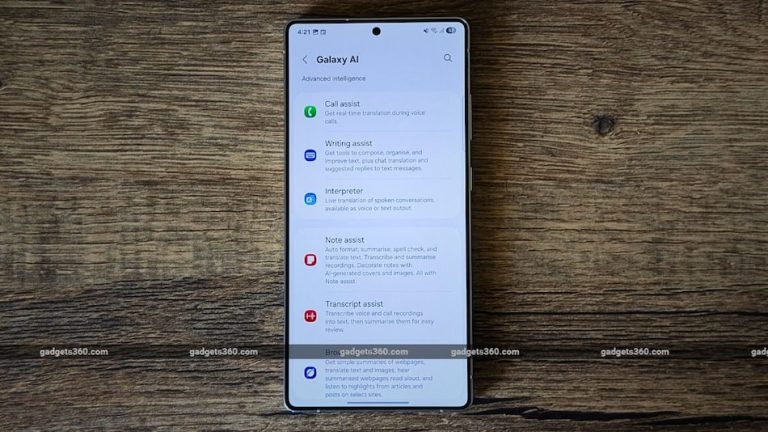
Smart Homes 2025: The Rise of AI-Driven Devices
Introduction to Smart Homes
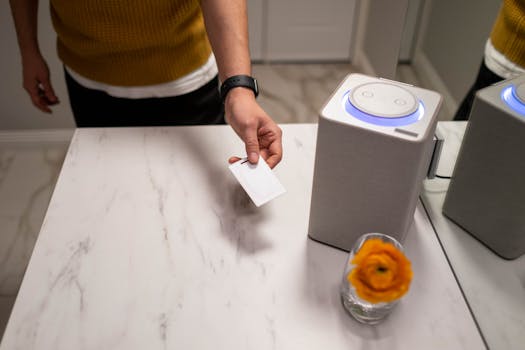
Smart Homes 2025: The Rise of AI-Driven Devices is revolutionizing the way we live and interact with our living spaces. With the integration of artificial intelligence (AI) and Internet of Things (IoT) technology, smart homes are becoming increasingly intelligent, automated, and connected. In this article, we will explore the latest trends and innovations in smart homes, focusing on AI-driven devices that are changing the landscape of home automation.
The Evolution of Smart Homes
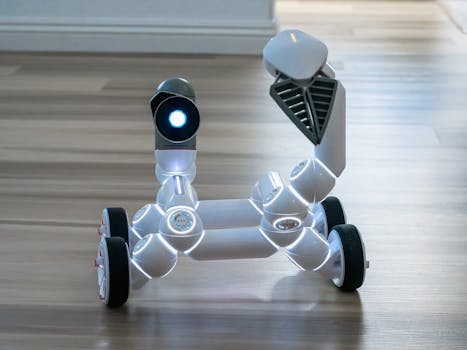
The concept of smart homes has been around for decades, but it wasn’t until the early 2000s that the first smart home devices started to emerge. Initially, these devices were simple, such as thermostats and lighting systems that could be controlled remotely. However, with the advent of AI and IoT technology, smart homes have become more sophisticated, allowing for seamless integration and automation of various devices and systems.
Today, smart homes are equipped with a wide range of AI-driven devices, including voice assistants, smart speakers, security cameras, door locks, and even refrigerators. These devices are connected to the internet and can communicate with each other, enabling homeowners to control and monitor their homes remotely. For example, with a voice assistant like Amazon Alexa or Google Home, homeowners can control their lighting, temperature, and entertainment systems with simple voice commands.
AI-Driven Devices in Smart Homes

AI-driven devices are the backbone of smart homes, providing the intelligence and automation that makes these homes so convenient and efficient. Some of the most popular AI-driven devices in smart homes include:
- Smart Thermostats: These devices learn the homeowner’s schedule and preferences, adjusting the temperature accordingly to optimize energy efficiency and comfort.
- Smart Lighting Systems: These systems use AI to adjust lighting levels, color, and intensity based on the time of day, occupancy, and ambient light.
- Security Cameras: These cameras use AI-powered computer vision to detect and alert homeowners to potential security threats, such as intruders or suspicious activity.
- Smart Door Locks: These locks use AI to recognize and authenticate authorized users, providing an additional layer of security and convenience.
Benefits of Smart Homes
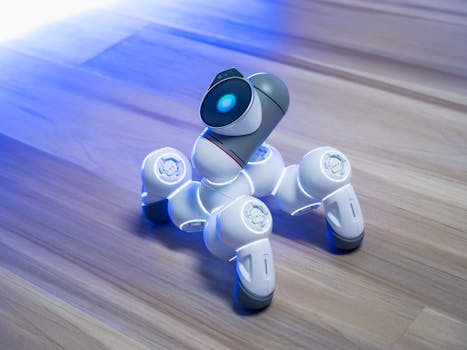
The benefits of smart homes are numerous, ranging from energy efficiency and convenience to enhanced security and comfort. Some of the most significant advantages of smart homes include:
- Energy Efficiency: Smart homes can optimize energy consumption by automating lighting, temperature, and other systems, reducing waste and saving homeowners money.
- Convenience: Smart homes provide homeowners with unparalleled convenience, allowing them to control and monitor their homes remotely, receive notifications, and access a wide range of services and information.
- Security: Smart homes offer enhanced security features, such as AI-powered security cameras, smart door locks, and motion sensors, providing homeowners with peace of mind and protection.
- Comfort: Smart homes can optimize comfort levels by adjusting temperature, lighting, and other environmental factors, creating a more pleasant and relaxing living space.
Conclusion
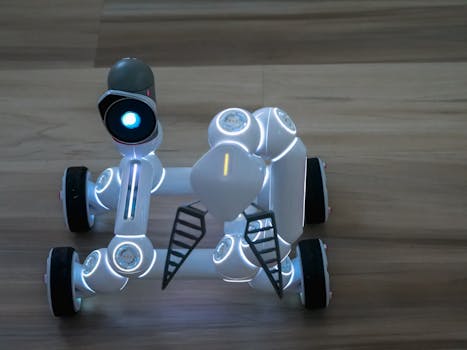
In conclusion, Smart Homes 2025: The Rise of AI-Driven Devices is transforming the way we live and interact with our living spaces. With the integration of AI and IoT technology, smart homes are becoming increasingly intelligent, automated, and connected. As we look to the future, it’s clear that smart homes will continue to evolve, with AI-driven devices playing an increasingly important role in shaping the landscape of home automation. Whether you’re a homeowner, builder, or simply a tech enthusiast, the future of smart homes is an exciting and rapidly evolving field that’s worth exploring.
